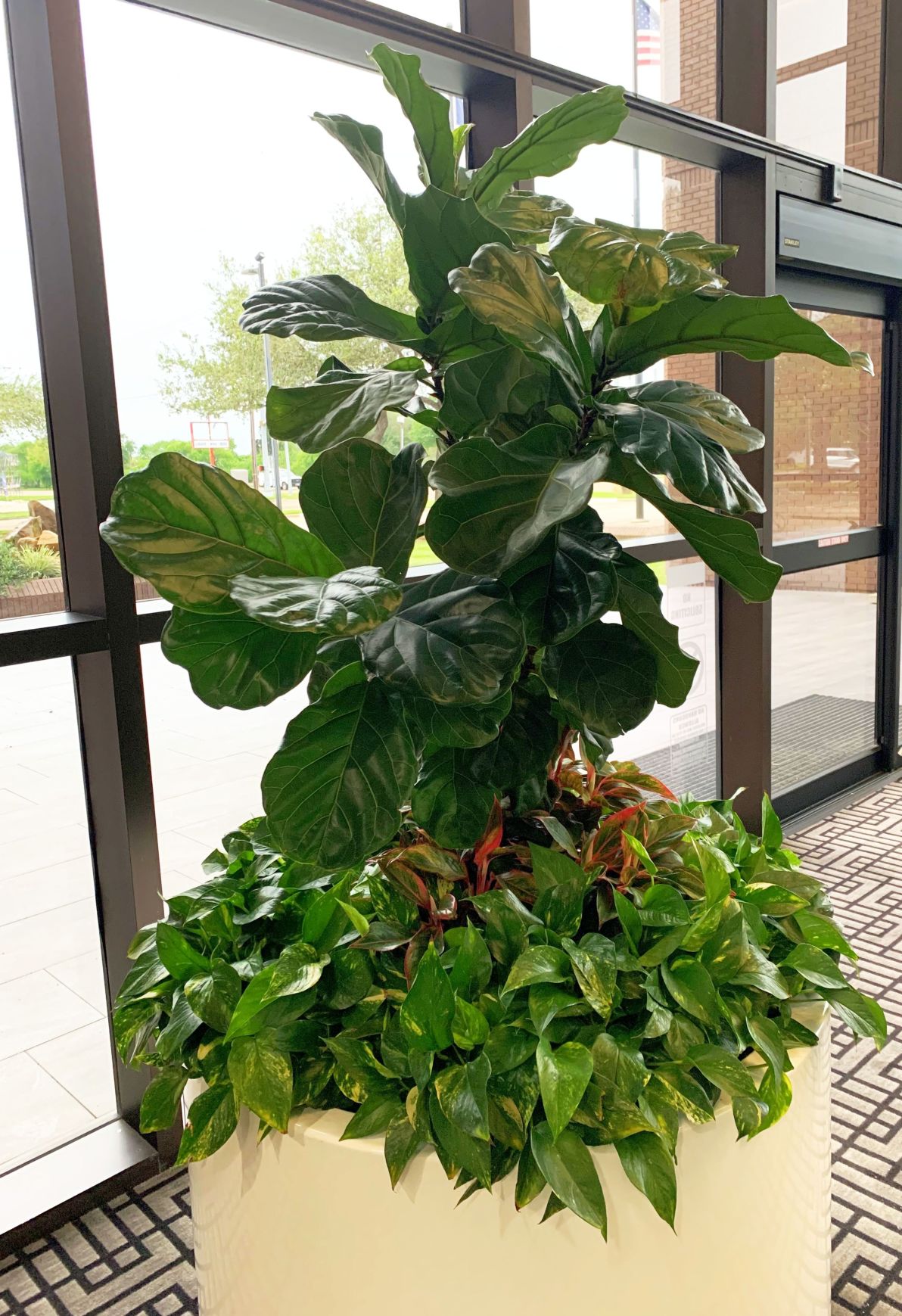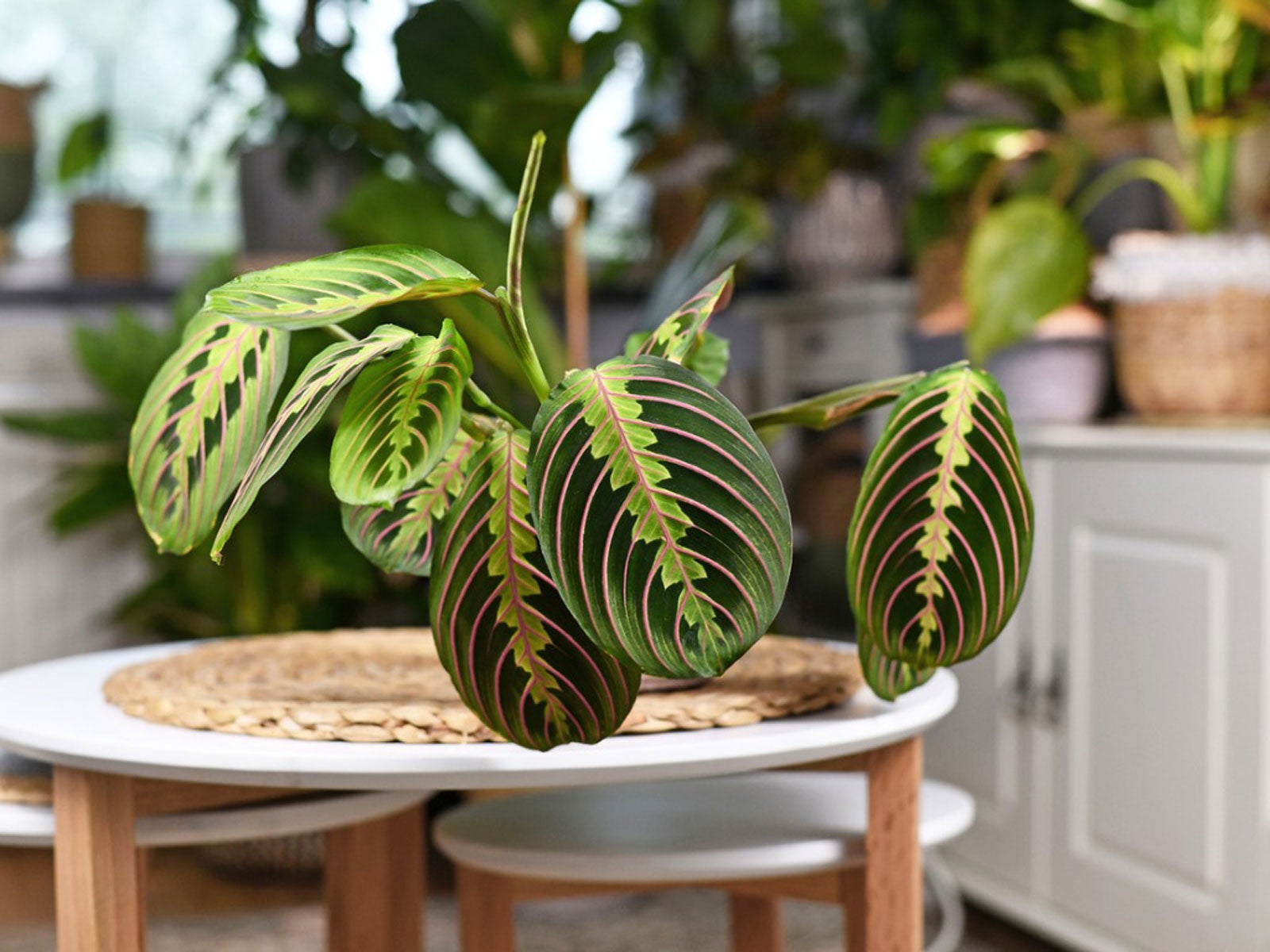The Perfect Pair: Plants That Complement Each Other
The Perfect Pair: Plants That Complement Each Other
When it comes to gardening, there's a lot to learn. You have to choose the right plants for your climate, make sure they have enough sunlight and water, and protect them from pests and diseases. But there's one thing that many gardeners forget about: companion planting.
Companion planting is the practice of planting certain plants together because they benefit each other in some way. For example, some plants attract beneficial insects that help to control pests, while others help to improve the soil or deter diseases.
There are many different companion planting combinations, but some of the most popular include:
- Tomatoes and basil: These two plants are a classic pairing. Basil helps to deter pests from tomatoes, and the flavors of the two plants complement each other perfectly.
- Carrots and radishes: These two root vegetables grow well together because they have different root systems. Carrots have a taproot, while radishes have a more shallow root system. This means that they don't compete for resources, and they can actually help each other to grow better.
- Cucumbers and nasturtiums: Cucumbers and nasturtiums are both moisture-loving plants, so they do well when planted together. The nasturtiums also help to deter pests from the cucumbers.
- Potatoes and marigolds: Marigolds help to repel nematodes, which are pests that can damage potatoes. So planting marigolds near your potatoes can help to protect them from these pests.
These are just a few of the many companion planting combinations that you can use in your garden. By planting the right plants together, you can help to improve your yields, deter pests, and boost the health of your plants.
In addition to the benefits mentioned above, companion planting can also help to:
- Attract pollinators: Many companion plants attract beneficial insects, such as bees, butterflies, and ladybugs. These insects help to pollinate your plants, which can lead to increased yields.
- Improve the soil: Some companion plants, such as legumes, fix nitrogen in the soil. This means that they can help to improve the fertility of your soil, which can benefit all of your plants.
- Deter pests: As mentioned above, some companion plants help to deter pests. This can help to protect your plants from damage and reduce the need for pesticides.
If you're new to companion planting, it's a good idea to start with a few simple combinations. Once you've had some success, you can start to experiment with other combinations. There are many resources available to help you learn more about companion planting, such as books, websites, and gardening magazines.
Companion planting is a great way to improve the health and productivity of your garden. By planting the right plants together, you can help to attract beneficial insects, improve the soil, and deter pests. So next time you're planning your garden, be sure to consider companion planting.
Plants that complement each other
When choosing plants for your garden, it's important to consider how they will complement each other. Some plants thrive in full sun, while others prefer partial shade. Some plants need a lot of water, while others are more drought-tolerant. And some plants attract beneficial insects, while others deter pests.
If you're not sure which plants to choose, I recommend visiting Gardenia Inspiration. This website has a comprehensive database of plants that are grouped according to their needs. You can easily find plants that will thrive in your specific growing conditions.
In addition to providing information about plant needs, Gardenia Inspiration also includes articles about the benefits of companion planting. Companion planting is the practice of planting certain plants together because they benefit each other in some way. For example, some plants attract beneficial insects that help to control pests. Other plants help to improve the soil or provide shade for more delicate plants.
If you're looking for a way to create a beautiful and productive garden, I encourage you to visit Gardenia Inspiration. You'll find everything you need to know about choosing the right plants and planting them together for maximum benefit.
FAQ of plants that complement each other
Q: What are some plants that complement each other?
A: There are many different plants that can complement each other, but some popular combinations include:
- Spider plant and peace lily: These two plants have similar light and water requirements, and they both help to purify the air.
- ZZ plant and snake plant: These two plants are both very low-maintenance, so they're perfect for people who don't have a lot of time to care for their plants.

- Fiddle-leaf fig and pothos: These two plants have different leaf shapes and textures, which creates a visually interesting contrast.

- Calathea and maranta: These two plants have colorful leaves that change color throughout the day, which adds a touch of excitement to any space.

- Peperomia and pilea peperomioides: These two plants have small, round leaves that make them look like they're dancing.

Q: How do I choose plants that will complement each other?
A: When choosing plants that will complement each other, there are a few things to keep in mind:
- Light requirements: Make sure that the plants you choose have similar light requirements. If you put a plant that needs full sun next to a plant that prefers shade, one of the plants will not thrive.
- Water requirements: Similarly, make sure that the plants you choose have similar water requirements. If you overwater one plant and underwater another, they will both suffer.
- Growth rate: If you want your plants to look balanced, choose plants that have similar growth rates. If one plant grows much faster than the other, it will eventually outgrow the other plant and look out of place.
- Leaf shape and texture: The leaf shape and texture of your plants can also complement each other. For example, you could pair a plant with large, glossy leaves with a plant with small, textured leaves.
- Color: The color of your plants can also complement each other. For example, you could pair a plant with green leaves with a plant with red or purple leaves.
Q: What are some benefits of planting complementary plants together?
A: There are several benefits to planting complementary plants together:
- They can help to create a more visually interesting and appealing space.
- They can help to improve the air quality in your home.
- They can help to attract pollinators, such as bees and butterflies.
- They can help to reduce the need for watering and fertilizing.
- They can help to protect each other from pests and diseases.
Q: Where can I find more information about plants that complement each other?
A: There are many resources available online and in libraries that can help you learn more about plants that complement each other. Some good places to start include:
- The American Society for Horticultural Science (ASHS) website: The ASHS website has a wealth of information on plants, including a list of plants that complement each other.

- The National Gardening Association (NGA) website: The NGA website also has a list of plants that complement each other.

- The Plant Society of America (PSA) website: The PSA website has a forum where you can ask questions about plants and get advice from other plant enthusiasts.
- The Sunset Western Garden Book: This book is a comprehensive guide to plants that are suitable for growing in western climates.

Image of plants that complement each other
null
Post a Comment for "The Perfect Pair: Plants That Complement Each Other"